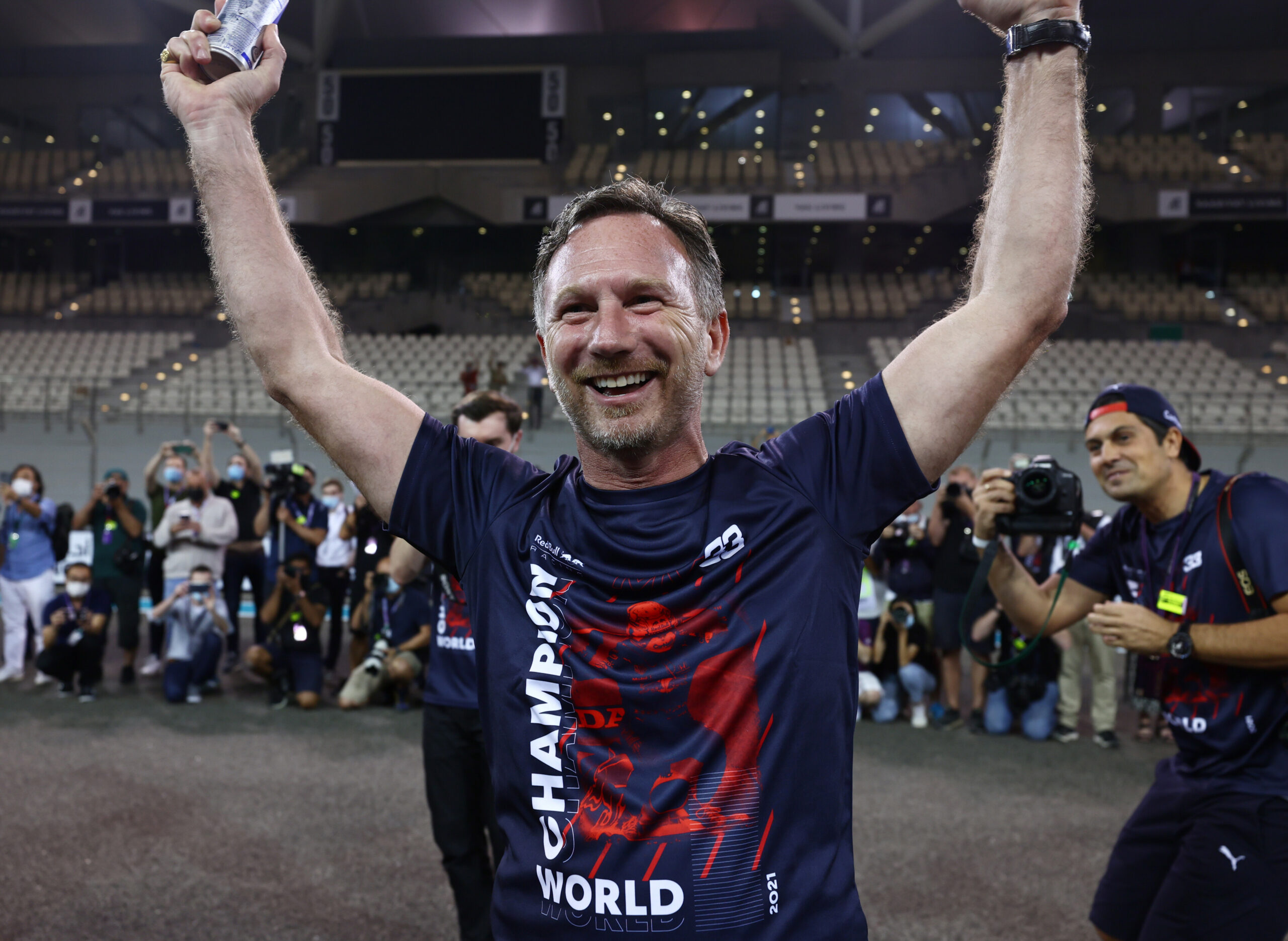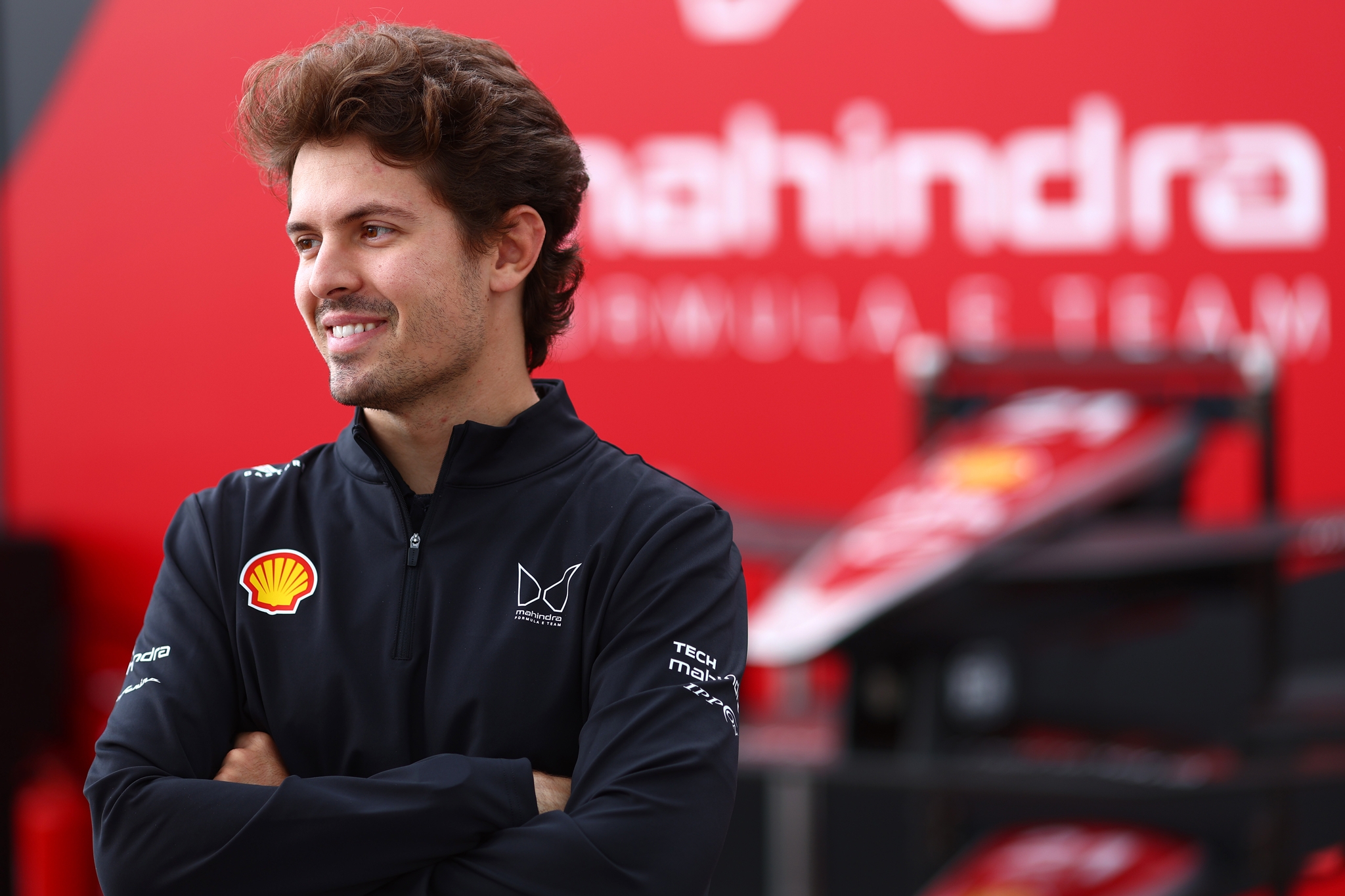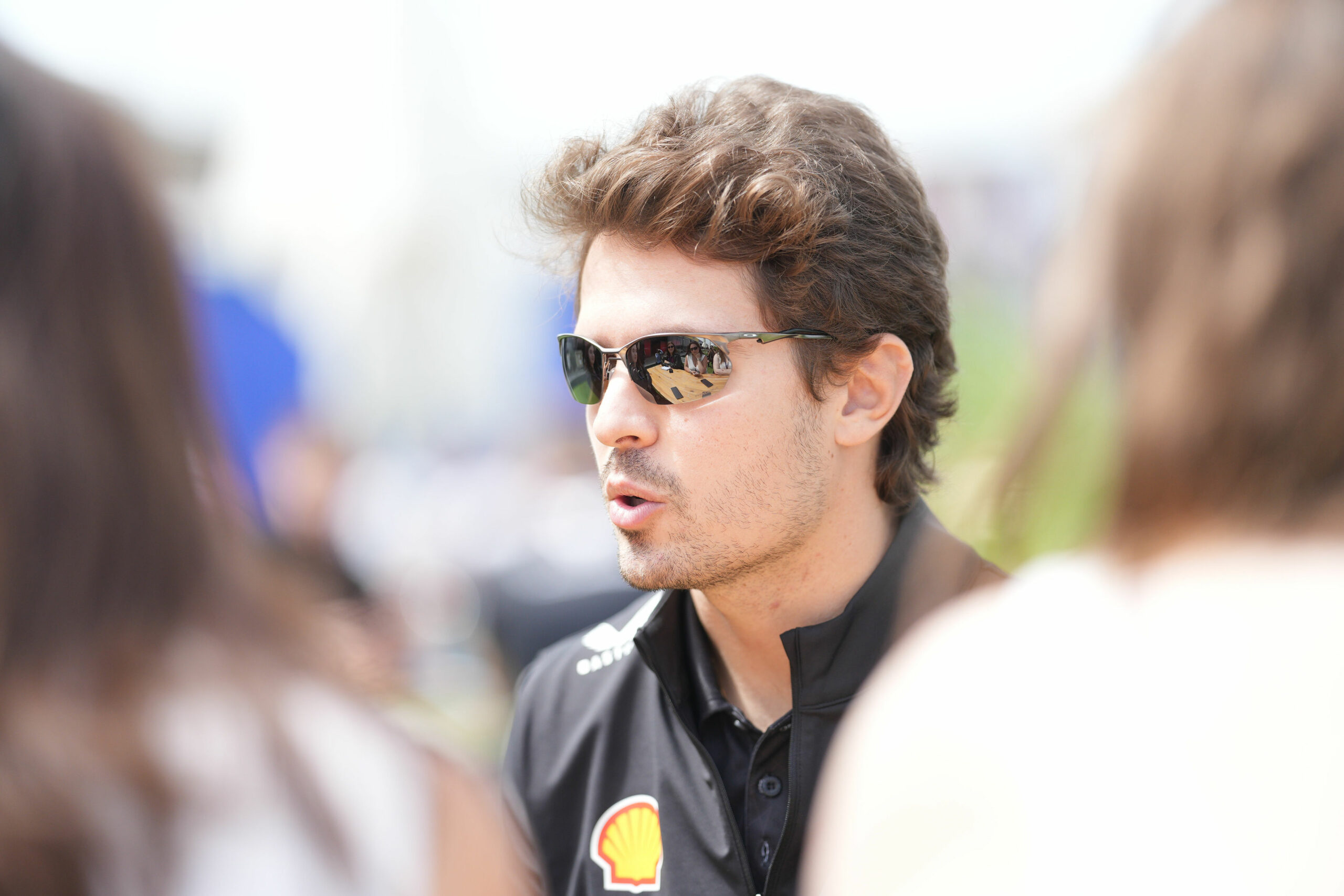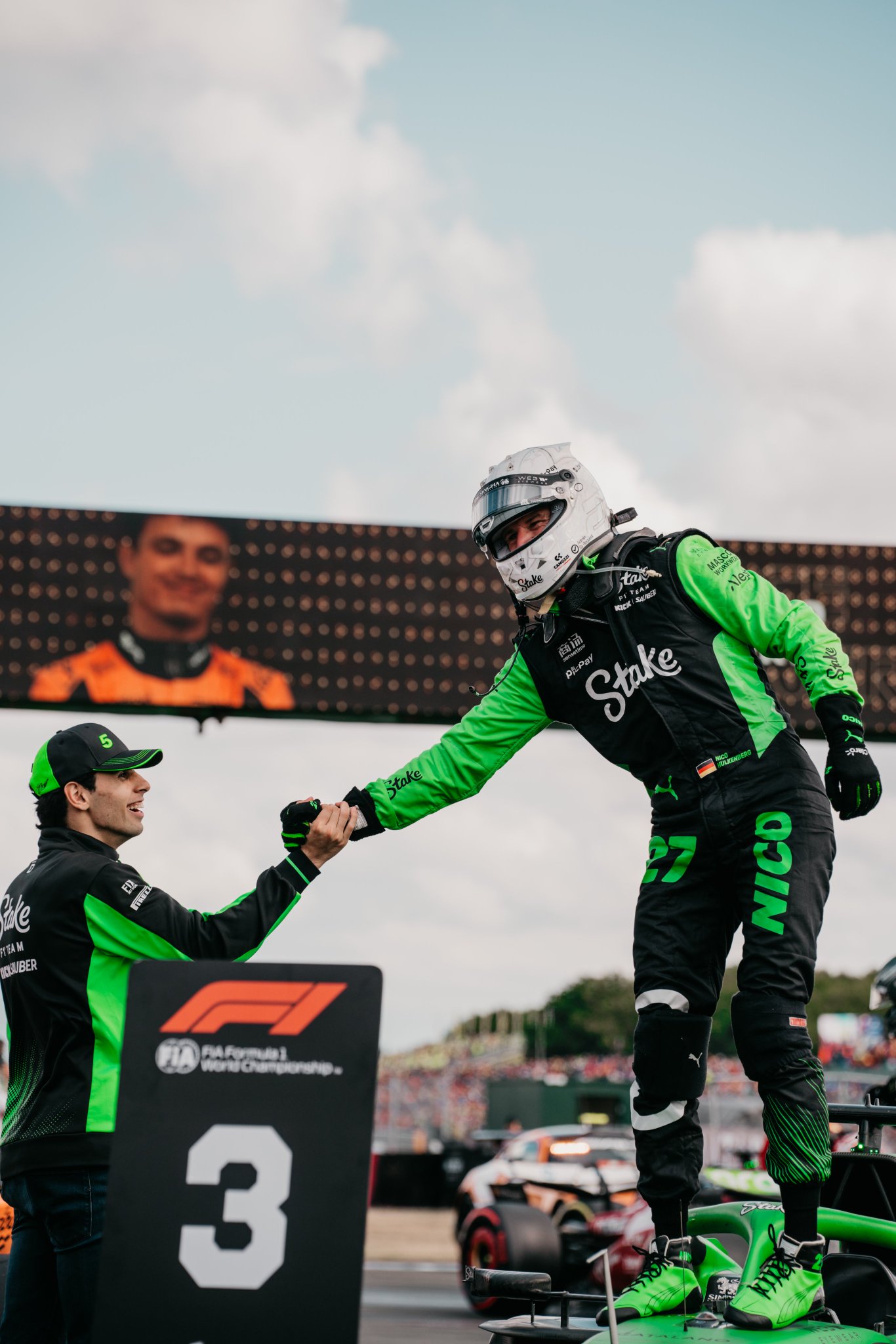This is the first part of the exclusive interview conducted by Giulia Noto, Emma Veschetti and James O’Connor for Pit Debrief.
In December 2022, Pit Debrief talked to Sósanna Ní Dhubháin, now Aston Martin’s Lead brake duct Engineer and former Senior Composite Designer and Reliability Engineer about her career in Motorsport, F1 and how she succeeded in achieving a dream she had since childhood.
Sósanna Ní Dhubháin has always dreamed of working in F1. After studying mechanical engineering at the University of Dublin and then specialising in Motorsport Engineering and Management, she began her career with Team Lotus in 2011, eventually joining Force India, which then changed to Aston Martin F1 Team after being acquired by businessman Lawrence Stroll.
While talking to her, we were able to retrace the steps of her journey, discovering how her passion for motorsport drove her towards the goal of working in F1, but also how endless and relentless commitment is necessary to work in this field. Sósanna Ní Dhubháin is the embodiment of hard work and perseverance, which transpired from her words during the 30 minutes we spent in her company.
We asked Ní Dhubháin how her passion for motorsport began and when she realised that her dream was to work in this field.“I’m not sure when it started. But I know from a very young age, maybe five or six, I was obsessed with F1 and whenever it was on tv it was all I was watching and none of my family was into F1, so nobody knew where it came from. But I knew from a very, very young age that that was what I wanted to do.
“When I was about 10 or 11 I wrote to all the F1 teams, asking them for a job. I’ve got letters back from some of them! I’ve got one back from Ferrari asking me to send them my CV, even though I did say I was ten in the letter. There was one team, I won’t said which one, but they wrote a very kind letter back, it was about five pages long. And it was like ‘if you wanna be an engineer, here’s what you do. If you wanna do marketing, this is what you do.’ And that was kind of the first start for me planning what I would do. From very young I knew exactly what I had to do and needed to do. That’s how it started.”The initial dream then turned into studying and hard work. She went on to talk about how the passion for engineering and the passion for motorsport came together.“I’ve been very, very lucky, I know very few people do. I do the job, I do what I love to do, what I’ve always wanted to do. I find it very strange for people who don’t know what they want to do and ask me, because for me it’s always been so clear. It must be difficult to not know.
“You always wanna thrive to do the best, be better and improve. The best part of engineering is to constantly improve things and F1 is the ultimate chance to do that, cause every time you do a design you can improve on it and design evolves. And every week we may have a new thing which in another industry you don’t get that opportunity, where’s we are constantly changing, constantly evolving and improving things, hopefully.”
Ní Dhubháin explained then how the educational choices she made opened a concrete path into the world of motorsport.“I did A-levels in math, physics and technologies. In the UK you have to choose pretty young as to your career path, and I guess that’s quite scary for some people but I knew exactly what I wanted. So those were the three subjects that would broaden the engineering choices for me.
“Then I went studying mechanical engineering at University College Dublin. And I did that rather than doing Motorsport Engineering degree, because I kinda think it gives you a better overall picture of everything and you get a better background. And if it doesn’t work in motorsport you can have something to fall back on.
“A year after leaving UCD, I did a masters in Cranfield University, and that was in Motorsport Engineering and Management. And that kinda enabled me to make connections in the F1 world and Motorsport, and also leave Ireland.”

Photo credit: Sósanna Ní DhubháinWhile in most peoples’ imaginations working in F1 is closely associated with the image of a suitcase lying on the doorstep, looking back Ní Dhubháin revealed how difficult it has been to leave home for the first time to study engineering and motorsport management. A leap of faith with a 50-50 chance of success.
But success is the right word to describe her career, which began just after she finished her master’s degree, at none other than Team Lotus.“At that point I hadn’t left Ireland and that was a big change for me, to move. I packed my car and drove over and didn’t unpack for two weeks because I was like ‘I wanna go home again’! But no, I stayed. And I haven’t left since.
“And that gave me the opportunity to meet people, and make connections. And then I was very lucky, straight out of Cranfield I got a place as a junior composite designer at what was then Team Lotus or Caterham and that was the start of my F1 journey.”We asked her if she remembered her first day at the factory and in the paddock and how she felt.
“I remember my first day at Team Lotus. I was terrified! I was like ‘I don’t know anything, I don’t know’. I remember they sat me in front of the laptop, my computer, and then was like ‘open CAD’ and I was like ‘I don’t even know how to open the CAD, I don’t know which one it is! Which one is the icon!’ I remember being so terrified, but everyone was so kind.
“And then the first time in the paddock. My first race was France, last year (2021)! And I remember being so overawed by the paddock, just the amount of people, the amount of effort! Because you don’t really see that in the factory, the amount of people and effort that it takes to run the car. We kinda see it but you don’t really, until you’re there in person.
“And the logistics behind everything. But it was inspiring to see people you grew up idolising almost, the engineers like Ross Brawn and people like him. You see them in real life and you’re like ‘oh, I’m working with them now!’ It’s pretty cool.”
But what skills do you need to master for this job? What makes a candidate perfect for the Composite Designer and Reliability Engineer positions?
“To do my job, you don’t necessarily need any qualifications as such, cause there are people in my team who have done apprenticeships, or come up to school or there’s laminators who started laminating and then remained and then come up to the design office.
“Obviously most people have a degree of some sort in engineering but I think we are fairly lucky to have a very broad range of people. And you get different skills, different prospectives from people.
“Obviously studying in engineering you are taught to think a very certain way. And then to have somebody who actually laminated, who actually had to make the parts, is quite useful. Cause otherwise we would be like ‘oh you can make that easily’ and then they say ‘no, look at the practicality of it’.
“I think, to be in F1 especially, you have to love it. And you have to enjoy it. Because it’s very very hard work, very stressful, very long hours, but it’s very rewarding. And I think you can only do it if you wanna be here. And well, I think everyone here does. You have to love it. And I do.”
From her rapid rise to F1, the fear of the beginning to the confident leader she is today, Sósanna Ní Dhubháin gave us a glimpse into her daily life working for Aston Martin, and how much work goes into each day as a Reliability Engineer.
“The early days, the build days, the Wednesdays, the Thursdays were kind of catching up on issues that might have happened in the last race, and make sure there is a solution for it. And then if there’s any updates that come from the factory I’ll oversee them and make sure the guys have all the information, cause I have access to CAD trackside, so if there’s any issue we can solve it pretty quickly or with the CAD.
“And than go on forward, once the car is built, on Friday we just monitor things and when the car is running, if there’s any issue we try to deal with it straight away and liase with the factory if anyone’s up, if it’s not the middle of the night, otherwise I have to work out how we fix it. We fix it because you have no time until parc fermé or until the curfew.”
“Friday is tense, tends to be the busiest day at the track, it’s the longest day. Saturday and Sunday is the same, you’re monitoring but there’s very little you can do to the car under parc fermé, so it’s only if there’s an emergency fixes, or if there’s been an accident.
“Currently, I get into the office at half seven. I get in early, so I can get work done before anyone else comes in and annoys me (laughs).
“So I usually spend an hour or two on my computer, doing CAD and catching up on things. And then, when everyone else comes in, you kinda talk to people about problems that might have had, cause I have my reliability roles as well.
“I’m a Composite Designer and Reliability Engineer. So I do first in the morning composite design and then, once people come in, you can kind of speak to them and I’ll end up going downstairs to the race bays and discuss with the mechanics to what issues they have and whether there’s something I can fix for the next design.
“I think it’s an advantage I have, being a Designer Engineer and a Reliability Engineer. I can feedback from each job better, and I think overall you end up with a better design.
Working as a team also means recognising when to let go of your project and put it in the hands of others. Seeing the result of hard work on the track must radiate a great sense of pride, and she explained exactly what that feeling is.
“First of all there’s the stress to see if everything fits, whether they can assemble it. That’s the first headache. You kind of getting really nervous.
“Just stand back a little. Let them do it. But once it’s on track, and you see it and it’s performing, that’s why I do it.”
The work does not end once the car is on the track. The track is the testing ground for the subsequent changes, the updates needed to reach the highest step on the podium. She explained how all these steps of tests and improvements can change the perspective of those working in the team.
“All the podiums are really awesome. It’s even just when we do an update and the car is faster. It’s funny how much difference that makes, on the morale. We had made the difference.
“Not all the updates work, but we do all work very hard.”
In conclusion, we asked her what the change of headquarters means for the team.
“Who knows, it could be bad, we’re all pretty much in the same building, roughly, now. We’re all over the place, in a rabbit warren in the factory here. It will be nice to be able to see everyone in one office and interact better. It should help, but I don’t think it’s necessarily the reason why we’d move up. It’s up to us, rather than a building.”
It’s been a great campaign for Aston Martin with six podiums in the first part of the 2023 season, all thanks to Fernando Alonso on the circuit. They sit P3 in the Constructors’ Championship, too.
Sósanna Ní Dhubháin plays a key role off track. The Irish engineer is one of the unsung heroes that does a tonne of work behind the scenes to help the team to success.




